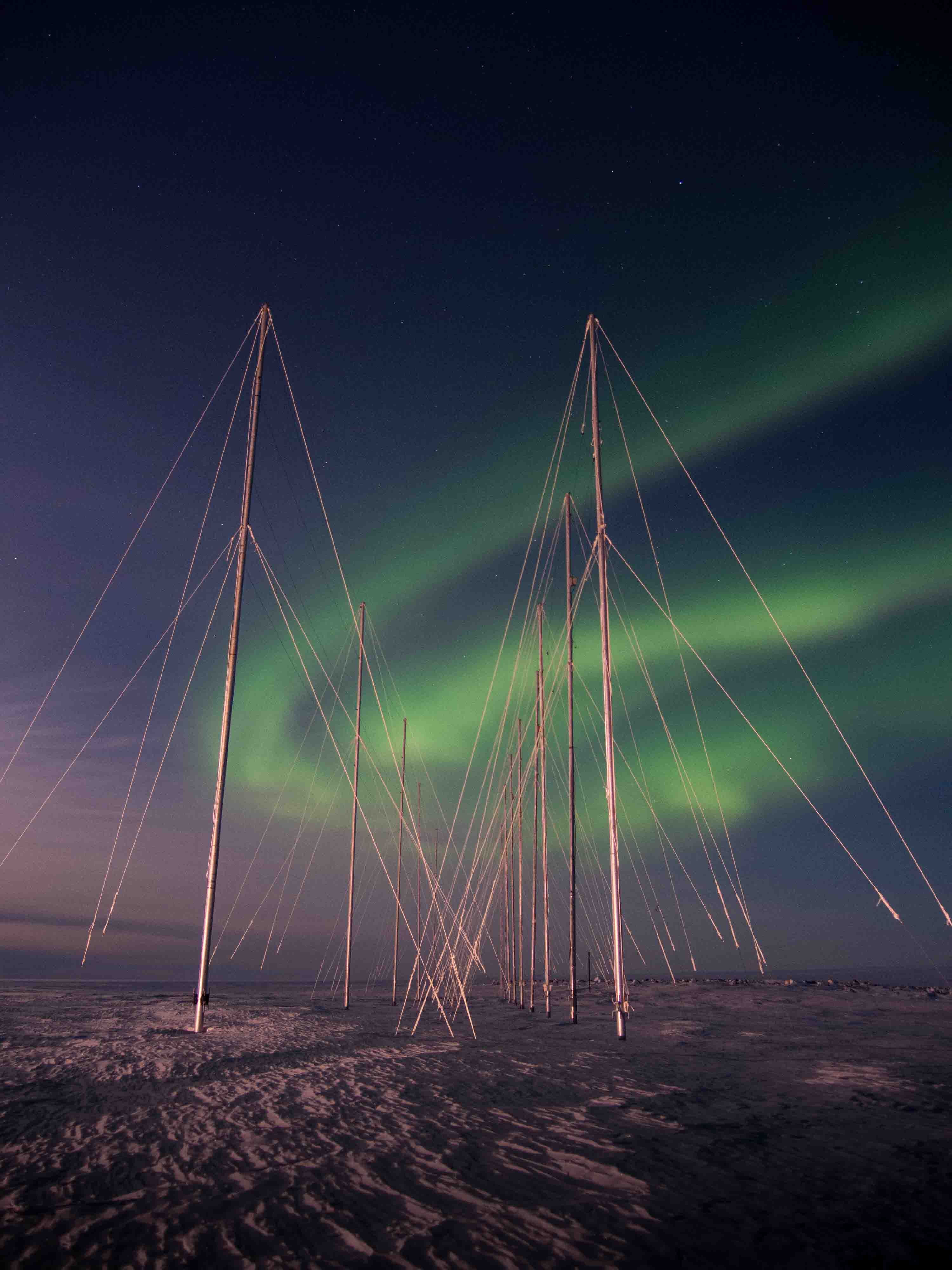
09 Oct SA Space Agency Probing Space from Earth
Just as there is weather on Earth, so too is there weather in space, and it can interfere with and cause damage to satellites which we rely on for communications, navigation, resource management and the safety and security of our country.

The South African National Space Agency (SANSA) unveiled their new High Frequency Digital Radar at a World Space Week ceremony on 9 October 2013 in Hermanus, Western Cape.The radar system is part of the Super Dual Auroral Radar Network (SuperDARN), an international network of over 30 radars used to monitor the dynamics of space weather.
As host to the Space Weather Regional Warning Centre for Africa, SANSA provides an important service to the nation by monitoring the Sun and its activity to provide information, early warnings and forecasts on space weather conditions. “The Agency’s new radar not only marks a milestone for national and international space weather research but has also provided a unique platform for developing skills in space science and technology,” said SANSA CEO, Dr Sandile Malinga during the ceremony.
Understanding space weather, a term used to describe the effects the Sun has on Earth and the planets of our solar system, is a global priority. SuperDARN data provides scientists with information regarding the Earth’s interaction with the space environment. “Communication and navigation technology, town planning, resource and disaster management are highly dependent on satellites operating in our space environment. Understanding this environment has become vital in order to protect technology in space and on Earth from the devastating effects of space weather” said Dr Lee-Anne McKinnell, SANSA Space Science MD.
SANSA decided to undertake the ambitious project of constructing the radar in-house to take advantage of the training opportunities offered by a project of this magnitude as well as the opportunity to develop a radio frequency laboratory. “Through the development of the SuperDARN Radar, SANSA is able to provide a state-of-the-art radar platform for space science research to take place nationally and internationally, further enhancing South Africa as global space player,” said Dr McKinnell.
The radar system is expected to be shipped to Antarctica later this year where it will be installed at the South African Antarctic Research Base SANAE IV. Antarctic is a prime location for space weather research due to the Earth’s magnetic field lines converging at the poles, acting as a funnel for space plasma to travel into the Earth’s atmosphere.
Probing the space environment allows scientists to make new breakthroughs in the fascinating world of space weather research and find novel ways to protect our technology in space and on Earth.




